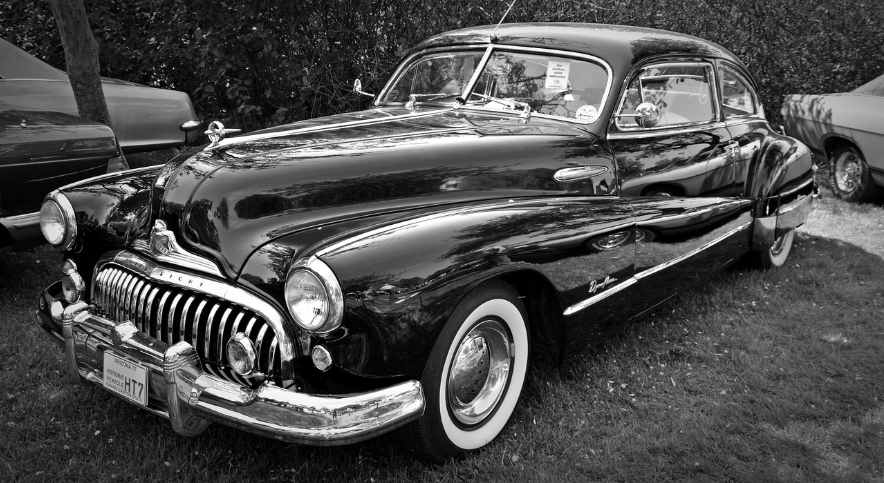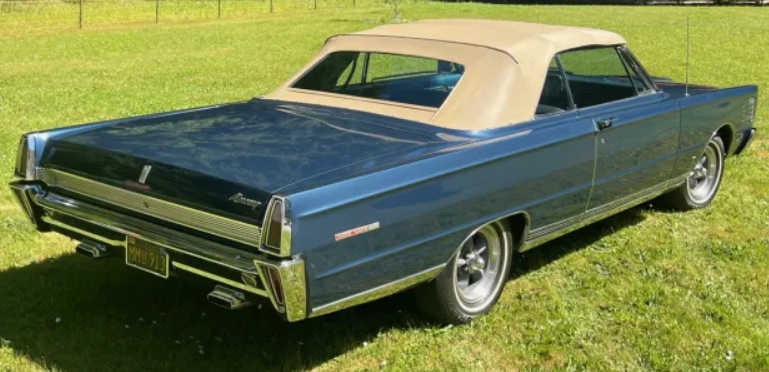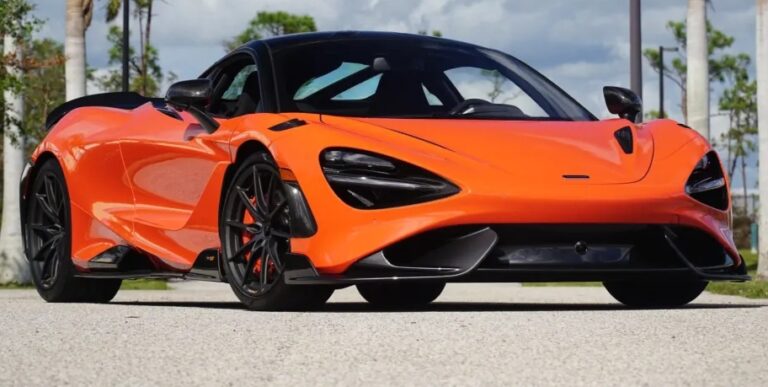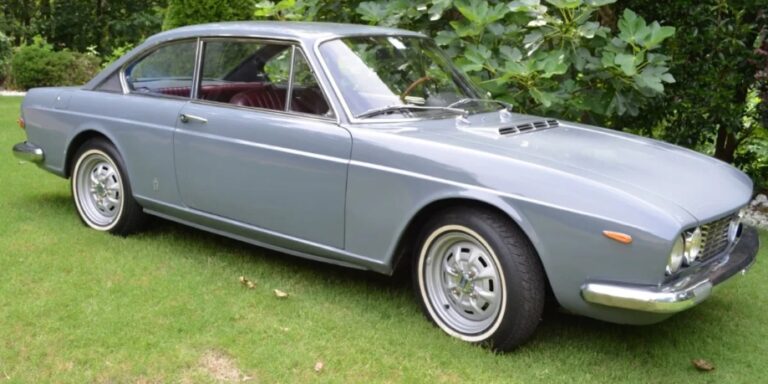The Evolution of the Buick Super: A Historical Perspective
The Buick Super is a remarkable representation of American automotive history, showcasing changes in design, technology, and consumer preferences across decades. The model, which was produced from 1940 to 1958, serves as a testament to Buick’s innovation and adaptability in an ever-changing market. This article will explore the various models and trim levels of the Buick Super throughout its production run, highlighting key features, design changes, and its cultural significance.
Early Beginnings (1940-1942)
The Buick Super first hit the roads in 1940 as an upscale model positioned between the Buick Special and the Buick Roadmaster. This initial model boasted a 248 cubic-inch Inline-8 engine that produced a respectable 107 horsepower. It was available in various body styles, including a two-door coupe, four-door sedan, and convertible.
In 1941, the Buick Super received some minor styling updates, including a revised grille and more pronounced fender lines. The model lineup expanded with the introduction of the Super Convertible and the Super Estate Wagon. By 1942, Buick had established the Super as a reputable and desirable model, with consumers drawn to its luxurious touches, such as more refined interiors and additional chrome detailing.
Production of all vehicles ceased during World War II, and Buick’s manufacturing facilities were repurposed for wartime efforts. However, the Super had already begun to establish its legacy.
Post-War Renaissance (1946-1948)
With the end of World War II in 1945, Buick reintroduced the Super in 1946, featuring a fresh design that included a new, robust, and streamlined body. For this era, the Buick Super was again equipped with an Inline-8 engine, which was upgraded to 248 cubic inches with improved power output. The new model lineup consisted of two-door and four-door sedans and a four-door station wagon.
In 1947, the Buick Super gained new popularity thanks to its sleek body style and innovative features like “Torque Tube” drive, which enhanced stability and ride comfort. The demand for these vehicles led to increased production, and the 1948 model year saw further investments in design and luxury, with VentiPorts becoming a signature characteristic.
The Fifties: The Golden Age of the Buick Super (1950-1958)
The 1950s marked a significant evolution for the Buick Super, aligning the brand with the burgeoning culture of post-war consumerism and automobile enthusiasm. The 1950 model featured a longer and lower profile with dramatic tail fins and a more elegant overall design.
Buick Super 1950-1952
From 1950-1952, the Super was offered as a series of trim levels that catered to shifting consumer tastes. The ’50 model had a 263 cubic-inch Inline-8 engine delivering 120 horsepower, which was impressive for its time. The styling included sweeping lines and chrome accents, embodying the mid-century design aesthetic.
In 1951, additional options were introduced to personalize each vehicle, including power windows and automatic transmissions, which played a significant role in increasing Buick’s appeal among luxury car buyers.
The 1952 model year was marked by a more pronounced change in design for the Buick Super, with styles ranging from the traditional sedan to the stylish convertible. The engine was improved to produce 125 horsepower, and the car was distinguished by its unique grille design, setting it apart from both the Specials and Roadmasters.
Buick Super 1953-1958
In 1953, the Buick Super underwent one of its most significant redesigns. The introduction of the “Nailhead” V8 engine—an innovation that would define Buick for years to come—set the Super apart from its competitors. The 322 cubic inch V8 engine produced 188 horsepower, emphasizing power and performance.
Throughout the mid-1950s, the exterior aesthetics continued to evolve, with larger fins and more elaborate chrome finishes. The 1955 model introduced increased design sophistication with a two-tone paint option that became immensely popular. Trim levels included the Super Model 56R which was a two-door hardtop, embodying the design ethos of this era.
By 1956, the Buick Super featured even bolder lines with an updated grille and broader stance. The ’56 offerings retained the two-door and four-door options, with the two-door hardtop becoming a desirable option thanks to its sporty look.
The final years of the Buick Super (1957-1958) were marked by further refinements, such as enhanced interior amenities and technological updates. The 1957 model was known for introducing a variety of features, including power steering and power brakes. The exterior was characterized by dazzling designs and elegant chrome details that were emblematic of 1950s luxury.
In 1958, due to shifting consumer preferences and the changing automotive landscape, the Buick Super was ultimately discontinued. However, the legacy of luxury and performance that the Super had established during its years of production was a precursor to the future development of models such as the Buick Electra.
.
Ever wonder what the Transitioning Car Culture over the years has done for vehicles, and the people that are surrounded by them? You might want to check it out!
.
Legacy and Cultural Significance
The Buick Super not only played a significant role within Buick’s lineup but also in popular culture. Cars from the 1950s, including the Super, exemplified the optimistic American spirit during a time of economic growth and development. Classic movies and television shows frequently featured these models, cementing their status as icons of an era.
Today, vintage Buick Super models are sought after by collectors and enthusiasts, appreciated for their timeless designs and mechanical advancements. The rich history of the Buick Super is a reminder of an important chapter in American automotive history—a blend of elegance, performance, and cultural resonance that continues to inspire automotive design today.
Conclusion
The evolution of the Buick Super mirrors the broader trends in the American automotive industry throughout its production run from 1940 to 1958. With each iteration, Buick adapted to consumer preferences while maintaining a commitment to quality and performance. From its debut before World War II to its spectacular fifties iteration, the Buick Super stands as a symbol of progress, innovation, and American luxury. The memories and tales of the Buick Super continue to resonate with car enthusiasts worldwide, ensuring its place in automotive history will not soon be forgotten.







